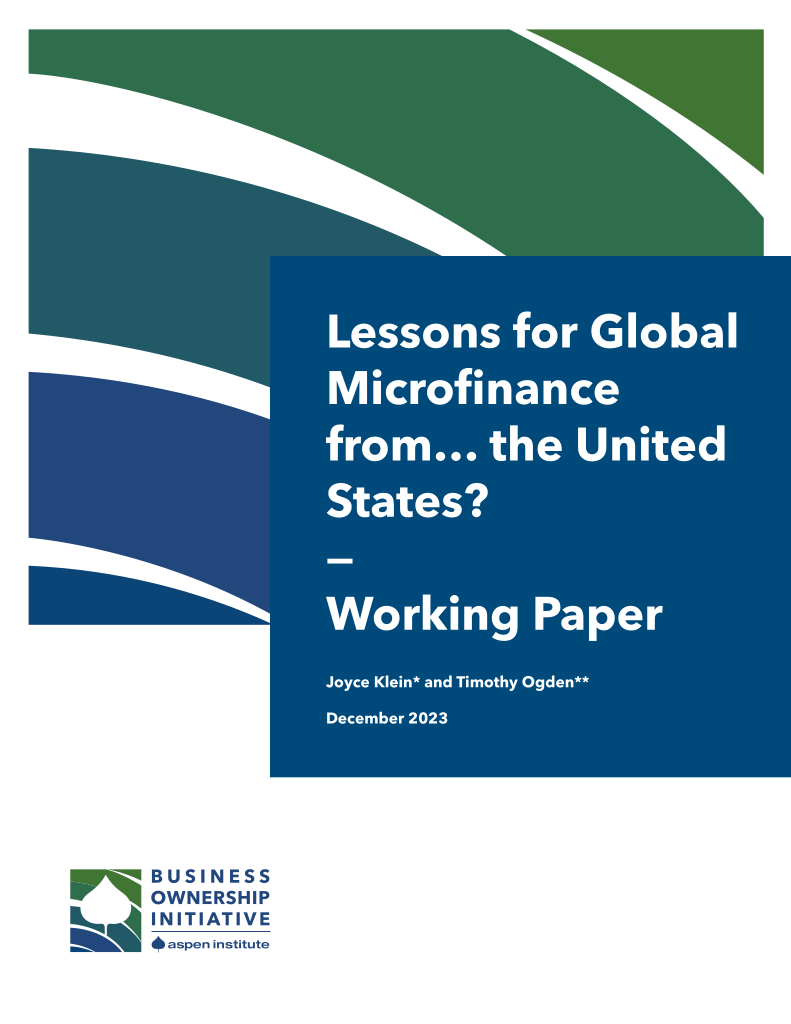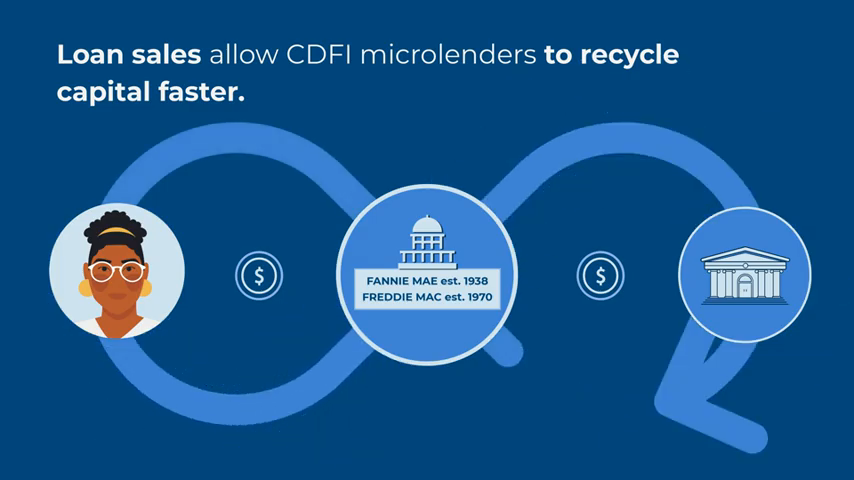When it comes to charting the future of global microfinance, competing policy priorities and limited budgets prompt a number of key questions — the role of subsidy, the balance between consumer protection and regulation, and the place of technology in addressing challenges of reach and cost.
As this working paper shows, insight into these questions can be gained from an unlikely place, the United States, where microfinance has been historically present for hundreds of years. A clear-eyed and informed view of that history provides several important lessons, including the necessity for ongoing subsidy, the never-ending challenge of consumer protection, the rising costs that can come with robust market competition, and the inability of technology to fix systemic challenges. Policymakers and funders the world over can benefit from learning from each other, particularly if the conversations start from a different point: the challenges are shared and fruitful ideas and valuable lessons can come from all parties.


